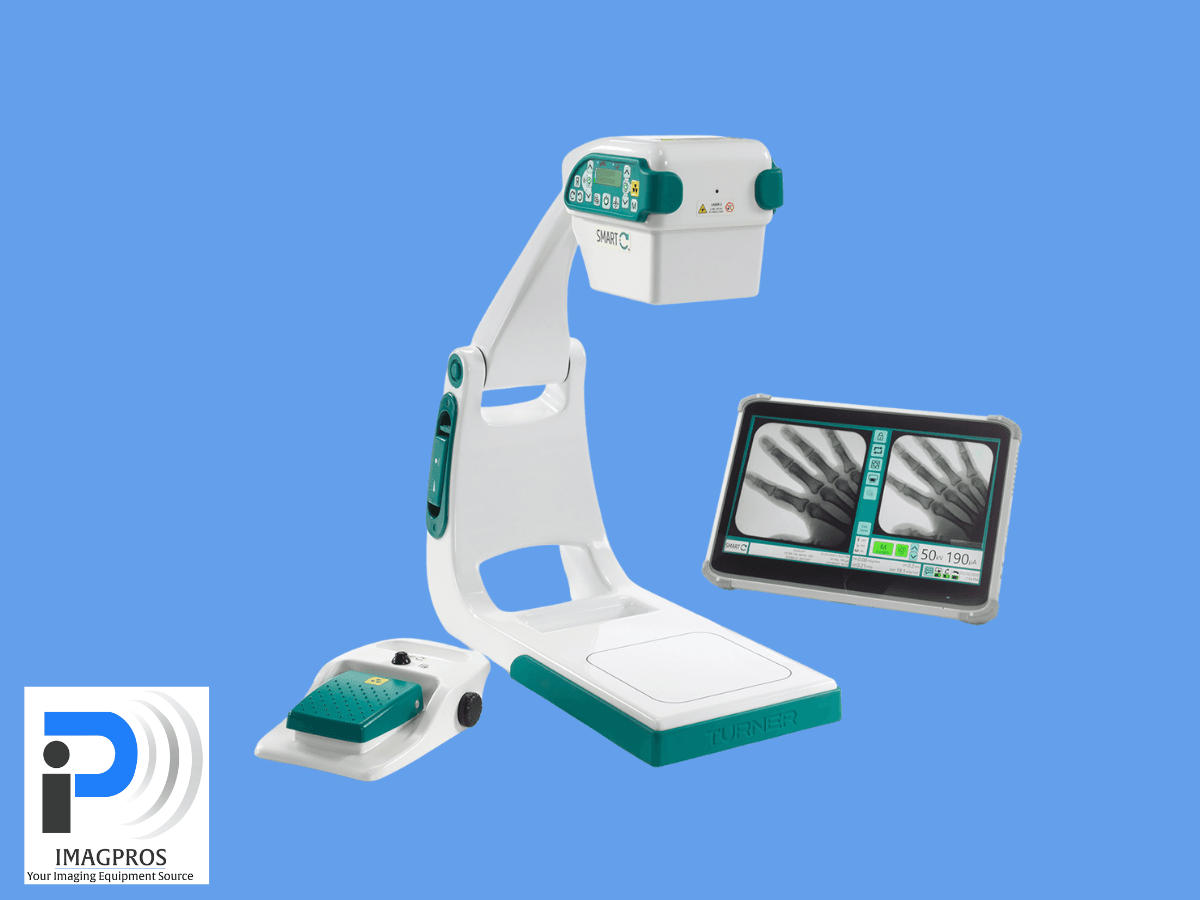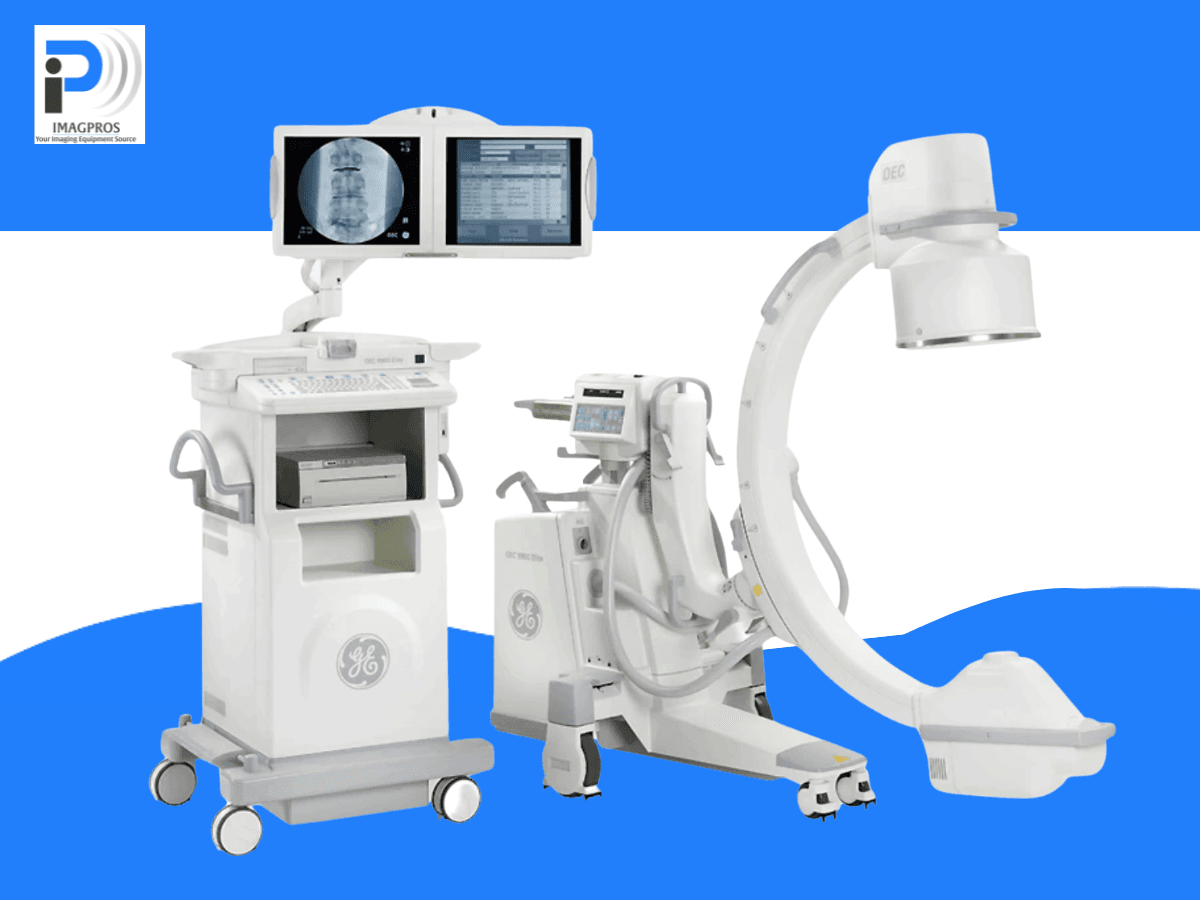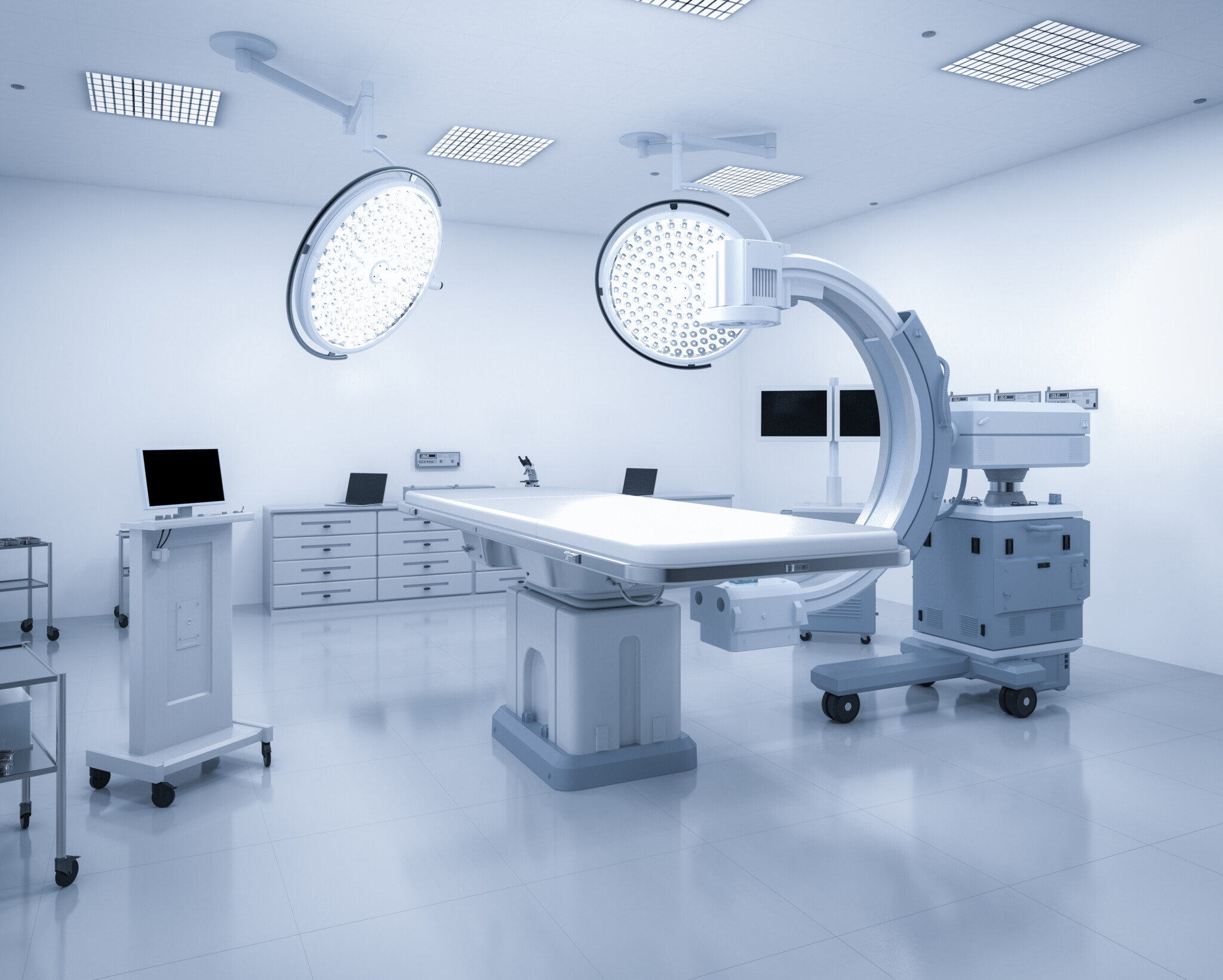Transforming Medical Imaging with Mini C-Arm X-Ray Technology
What if you could achieve higher diagnostic accuracy while improving patient satisfaction? Enter the world of portable Mini C-Arm X-Ray technology. This innovation offers precision, convenience, and versatility in medical imaging. With trusted providers like ImagPros delivering cutting-edge imaging solutions, equipping your practice has never been easier.
Evolution of Medical Imaging
The introduction of the X-Ray in 1895 was the beginning of a long journey for medical imaging. Over the years, advancements such as CTs, MRIs, and larger C-Arm machines have enhanced diagnostic capabilities and supported innovative treatment procedures. However, traditional imaging systems often require significant space, time, and financial investment.
The mini C-Arm, a more compact and portable evolution of the classic C-Arm, solves these challenges. Designed for precision and accessibility, they are redefining medical imaging’s potential across clinical settings.
Introducing Mini C-Arm X-Ray Technology
Mini C-Arm X-Ray systems are portable imaging devices primarily used for real-time imaging of extremities like hands, wrists, ankles, and feet. Their compact size allows medical professionals to bring imaging directly to the patient. If you’re considering buying a C-Arm, the mini C-Arm offers an excellent option with modern features like intuitive designs, easy mobility, and powerful imaging software that produces high-quality visuals.
Benefits of Mini C-Arm X-Ray Technology
- Compact and Portable: Unlike traditional imaging systems, Mini C-Arms fit seamlessly into smaller clinics, operating rooms, and specialized practices, making them a smart choice when buying a C-Arm.
- Exceptional Precision: High-quality, real-time imaging offers clarity, improving diagnostic accuracy and procedural efficiency.
- User-Friendly: With features like touchscreen monitors and automated image enhancements, Mini C-Arms simplify imaging workflows.
- Cost-Effective: These systems require less upfront investment and maintenance than larger imaging equipment, a key factor for those buying a C-Arm.
 SMART-C® Technology in Clinical Settings
SMART-C® Technology in Clinical Settings
One standout in Mini C-Arm innovation is SMART-C® technology. Used across medical settings, SMART-C® combines advanced imaging with user-friendly functionality. Its mobility ensures seamless integration into busy practices, allowing medical professionals to focus on patient outcomes.
SMART-C® Key Advantages
- Improved Efficiency: Faster imaging saves time, which allows for higher patient throughput.
- Enhanced Accuracy: Crisp, detailed images ensure reliable diagnostic insights.
- Patient-Centered Care: Compact designs improve patient comfort by eliminating unnecessary movement in imaging rooms.
SMART-C® technology represents how Mini C-Arms continues to redefine medical imaging standards.
Applications of Mini C-Arm X-Ray Technology
Mini C-Arms have become indispensable in various medical fields. Here’s a closer look at how they’re supporting better diagnostics and treatments in specialized areas.
Orthopedic Surgery
Orthopedic procedures often require real-time imaging to assess bones, joints, and implants. Mini C-Arms offer precise visuals, which allow surgeons to make confident, accurate adjustments during procedures. From fracture management to joint replacements, these devices deliver clarity where it matters most.
Podiatry
Podiatrists use Mini C-Arms to diagnose foot and ankle conditions. The device provides immediate imaging with no dedicated X-Ray rooms. This reduces patient wait times and accelerates treatment planning, improving overall care quality in podiatric practices.
Sports Medicine
Diagnosing sports injuries involves speed and precision, and Mini C-Arms deliver both. They excel at imaging fracture zones, ligament injuries, and common soft tissue conditions in athletes. Additionally, they allow immediate post-operative imaging to confirm procedural success.
Professional Sports Teams
Professional sports teams increasingly use mini C-Arms for on-site imaging in training facilities and at live sporting events. Quick diagnoses mean timely treatments, keeping players at peak performance. Their portability makes them invaluable for traveling teams, offering world-class care wherever the game takes them.
Looking Ahead
Portable Mini C-Arm technology is more than an advancement—it’s a breakthrough in medical imaging. For professionals seeking efficient, versatile, and cost-effective solutions, Mini C-Arms provide superior functionality. If you’re considering buying a C-Arm, ImagPros can provide high-quality imaging solutions, ensuring your clinic has the tools to provide the best possible care.
With ImagPros, you will receive expert guidance, reliable equipment, and seamless implementation. Contact ImagPros today to learn how Mini C-Arms can enhance your practice’s capabilities.

 SMART-C® Technology in Clinical Settings
SMART-C® Technology in Clinical Settings 
 Why Refurbished C-Arms Often Focus on OEC
Why Refurbished C-Arms Often Focus on OEC 
 Comparing C-Arm with Radiography or Fixed Fluoroscopy Machines
Comparing C-Arm with Radiography or Fixed Fluoroscopy Machines The Challenge of Radiation Safety in Mobile C-Arm Systems
The Challenge of Radiation Safety in Mobile C-Arm Systems








